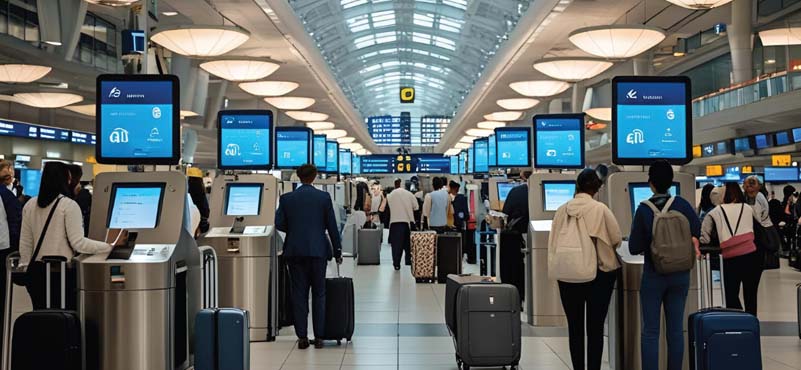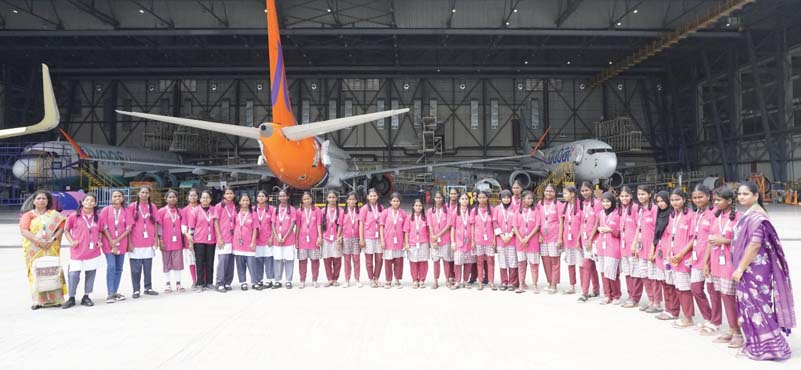Share the post "Does Travel and Tourism Need a New Understanding? How About ‘Visitor Economy?"
It is more like the chicken and the egg story, what came first? Between Travel or tourism, which is the mother industry? Globally, tourism is counted as per all arrivals, irrespective of purpose. And yet, we also find voices dismissive of tourism as being the sair sapatta business? And hotels remain wanting for infrastructure status?

Editor, Destination India Tourism Exchange
UNWTO says tourism is for all reasons, regardless of purpose of travel. Most countries, especially in the developing world, are yet unable to distinguish between travel and tourism. They are not the same, yet they both are. Organizations like WTTC (World Travel and Tourism Council), a worldwide organization of the leading private sector companies, possibly saw through this enigma, preferred to take the names of both travel and tourism within its ambit. In India, an event like SATTE, a trade show that started in 1994, took the same route more than 30 years ago, embracing both, the exchange around both Travel and Tourism, within its scope of business. Many an airline is known to say they are in the business of travel, and tourism is not within their radar in any specific terms.
Let us look at the finer differentiation as it emerges in the complex world of travel and tourism. There are more defined segments, each with its own specialists. There is the new emerged segment of wedding planners, there was MICE for some last decades, there is soft adventure, experiential on the side of ‘tourism’; there is business travel, education, medical, friends and family, corporate meetings as distinct from conferences on the part of ‘travel.’
In India, the bigger blurring has been even more so as there has been little awareness of travel, while tourism is leisure and sair sapatta; tourism may not be such a bad word any longer, but it still ranks as less serious an endeavour than being in finance or industry, roads and airlines. The mood is changing, as voices get heard on the importance of tourism, but the wider confusion on what makes tourism, remains.
Hotels, till very recently had a stigma attached to them as dens of vice, where liquor flowed and western culture was freely propagated. This may well have been true, but never the full picture, only a small side of it. Only in the last few years they are being seen as part of an essential city infrastructure. Yet not, as most states have yet to give it that infrastructure status which it truly deserves.
Counting Numbers: Travel Vs Tourism
The official statistics and numbers, for most countries, recount basic incoming and outgoing travellers. The more successful ones, at compiling data, also insist on reflecting purpose of travel. Mostly, when the purpose is leisure, they are counted as tourists. But then, every country shares total arrivals as numbers of tourists received, and not as travellers – what it means also is that either term is used arbitrarily, as and when it suits this side or the other.
The issue gets more complicated when we consider the vast improvements in India, with regard to road travel, with building of highways. There is a vast increase in air travel, with number of airports almost doubling. Look at the number of passengers carried by domestic airlines. Not all are tourists, but travellers, and yet they may be counted as number of tourists visiting any destination, be it Jammu or Mumbai.

‘Tourism’, for what is has meant traditionally to us in India, has lacked any seriousness of endeavour and its importance continues to be doubted. PM Modi has a more profound understanding of tourism, as he links it every other day with his government’s emphasis on basic infrastructure ensuring ease and quick assess in travel.
Possibly, there may be a widespread feeling that sair sapatta cannot be all that important, so we don’t even want to evaluate them seriously. Is it a coincidence that most of our Ministers, when in office in tourism, share solidarity with tourism, but rarely speak of its importance when they have moved to other assignments within the same government?
How do we resolve this dilemma? What is the way out? Are we emphasising travel or tourism, or both but in which order of priority, which one is the mother industry, and most of all, how can this all come together in one single act of resolve and determination?
Is it Time for a Name Change?
Should we start with a name change? Like some of our segments like ministry of corporate affairs, for instance. Should we leave tourism to leisure for better understanding and say that all the rest is travel. But then should every state start counting the number of travellers they received, and out of which so many were tourists? Should India as an incoming destination also make that distinction? Of terming arrivals as travellers out of which this much was leisure?
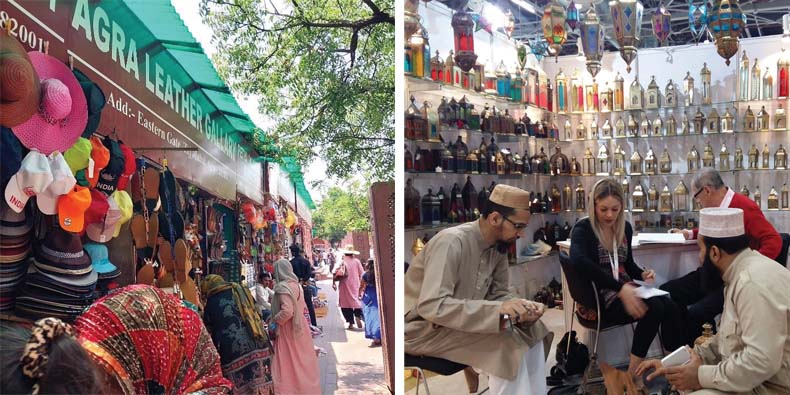
In this scenario, what does the Ministry of Tourism do? Identify and confine itself mostly to the leisure part of the business. Largely, facilitate thought processes on infrastructure building, alert capacity constraints, and market the tourism product to leisure outbound markets overseas, so as to attract more leisure tourists, or the leisure segment of incoming travellers, to come to India. MoT is a silent spectator in the actual building of travel infrastructure which respective ministries do – we have the ministries of railways, road transport, civil aviation and sea ports, each a distinct entity, working in their own areas, in silos.
MoT has no voice in the larger picture. It is perhaps still seen as the voice of leisure travellers and therefore not that serious. But then the ministries of railways, roads and highways, and airlines and airports are! Should these not come together in a larger perspective where travel and tourism are seen as two sides of the same coin? Where nomenclatures do not matter.
Is Visitor Economy a More Appropriate Capture?
Is the Visitor Economy (VE) a better option to bring them together? And possibly most appropriate too. It serves a double function. VE captures the entire gamut of travel, tourism, hospitality, transport of all types, and overrides any purpose of travel.
Each city has its own verticals – why people visit that city. So, Mangalore and Pune have educational institutes, Udaipur has pure leisure, honeymooners, weddings and events, it also has an increasing business profile. Goa has pure leisure as a way of life. Goa is also a state capital. Some have been touted as leisure but have a bigger business profile – like Agra and Jaipur. How people travel and reach the destination, what do they do, where they spend, where they stay – all these encompass VE. Each city must focus on development of what its VE demands.
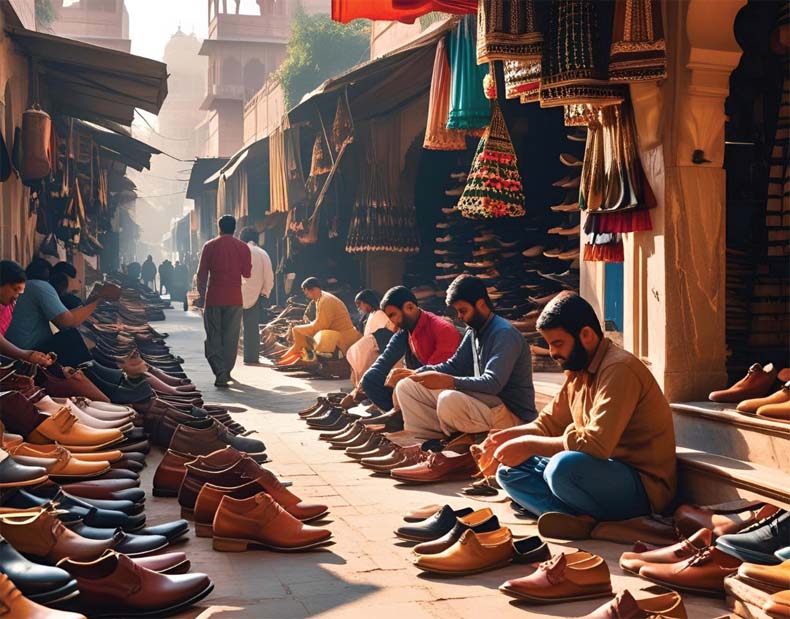
Our present-day summing statements on relevance and importance of tourism are kind of getting outdated. They appear to be losing steam. They need to be refreshed. Because, tourism has become a more sophisticated pursuit.
Tourism 2.0, to begin with, gets a new name in VE. We need a new outlook on how VE is transforming our cities, why it needs a holding hand, to grow this business in a structured and holistic manner, once that captures something as mundane as signages within the city. We then give all elements that make up VE a supporting understanding, nurture the individual segments holistically.
How it Rolls: VE gives sharp focus on Uniqueness of Each City
The essential difference can happen if we conduct a nation-wide study, feel the difference. Possibly, we pick up 50 (or more) cities, ranging from top 6 metro cities, to numerous tier 2 and tier 3. Some that have been around for ages on the tourism map, others coming up now as our infrastructure expands, and new airports and connectivity bring them into new focus. We pick a mix of heritage cities, pilgrim towns, education, medical, pure business or industrial centres, and of course, some with pure leisure appeal.
Under each city or town, we look at how its entry points (air, rail, road, others) have impacted employment, investments and growth. We look at every other element of the city VE – its monuments, its industrial hubs, gaming centres, nightclubs, etc. The emphasis is upon how further sharp focus on the demands of VE will help locals live more happily and in harmony with the world around them.
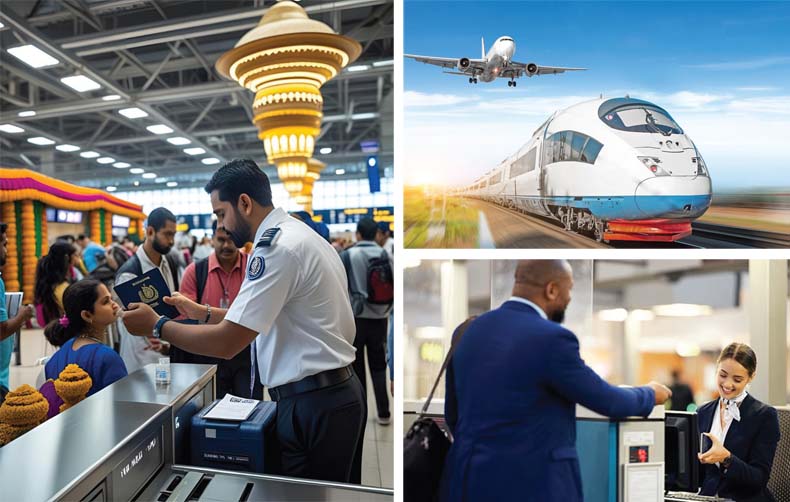
VE (the new avatar of Tourism), needs a new narrative built around the present-day concerns and priorities. VE is special for each city, as each has its own draws, its own uniqueness that beckons visitors. In recognizing this, we also reinforce the government’s programme of One District, One Product, except we also look at cities, the big ones, equally. Thus, we keen our eye on the composite picture of all things Indian, our heritage, our folklore, our sense of uniqueness as a civilisation. VE must capture it by first accepting it, embracing it and promoting it. Our study would then equally capture the potential of VE to ensure sustainability of our heritage and all things Indian.
New experiential travel into the hinterland for great discoveries of our flora and fauna, our small little pockets of tucked away heritage, across the length and breadth of the country – there are hidden nuggets almost everywhere. Slowly, we are bringing them alive with homestays and road and airline connectivity. This in itself needs to be captured in terms of both employment, national rejuvenation and heritage building and preservation.
This understanding and subsequent study can take a look of an extensive report, not necessarily a study in the traditional sense. It can be a story telling about cities, their lure for visitors, how these grew, how facilities came up, how VE got into its own – its impact on the city. Its future growth is immense as India has more than a few 1000 magnets as destinations, big and small, that are attracting visitors, for all reasons. Imagine a look at Muradabad and Firozabad as VE cities. Or, Vizag, Tirupathi, Katra and then assessing what can happen to Murshidabad in Bengal.
How airports, clusters like Aerocity, new road connectivity are transforming the lives of our people, giving new opportunities for locals to thrive. Arresting migrant movements, among others.
It is a narrative that will be compelling, one that will bring credibility to tourism and travel. As VE, as the new understanding.

